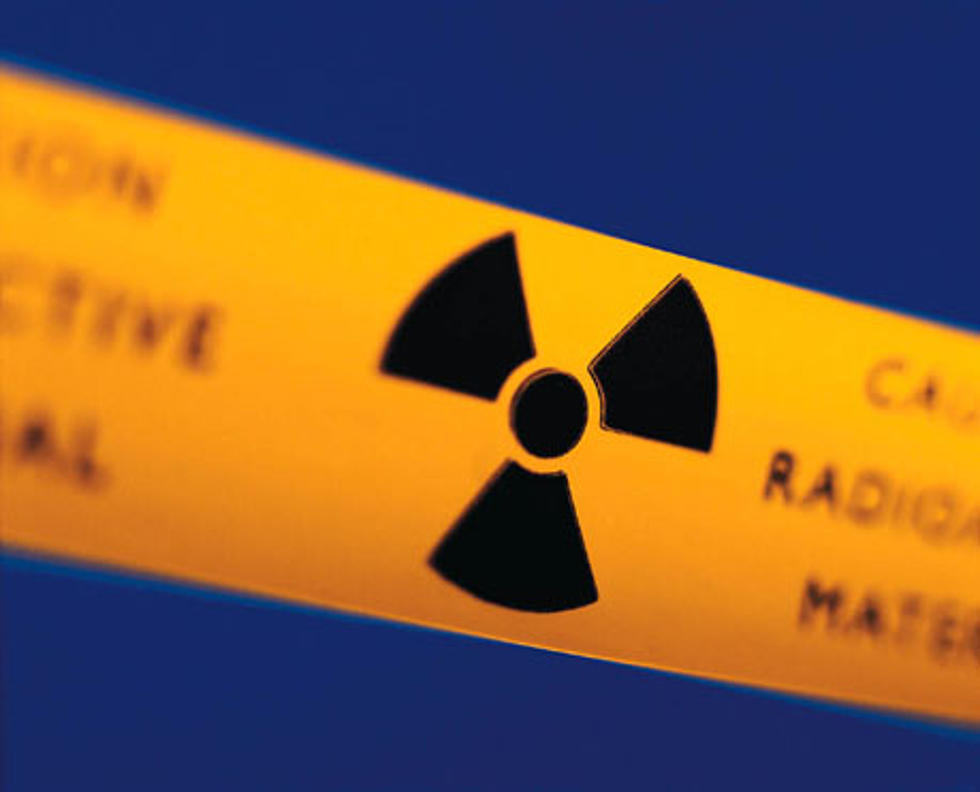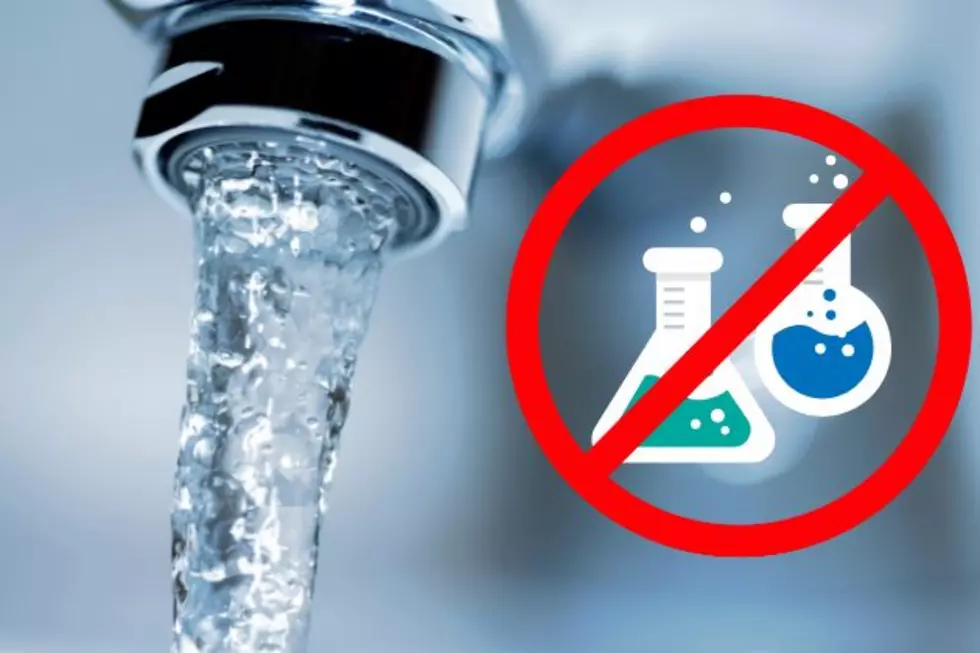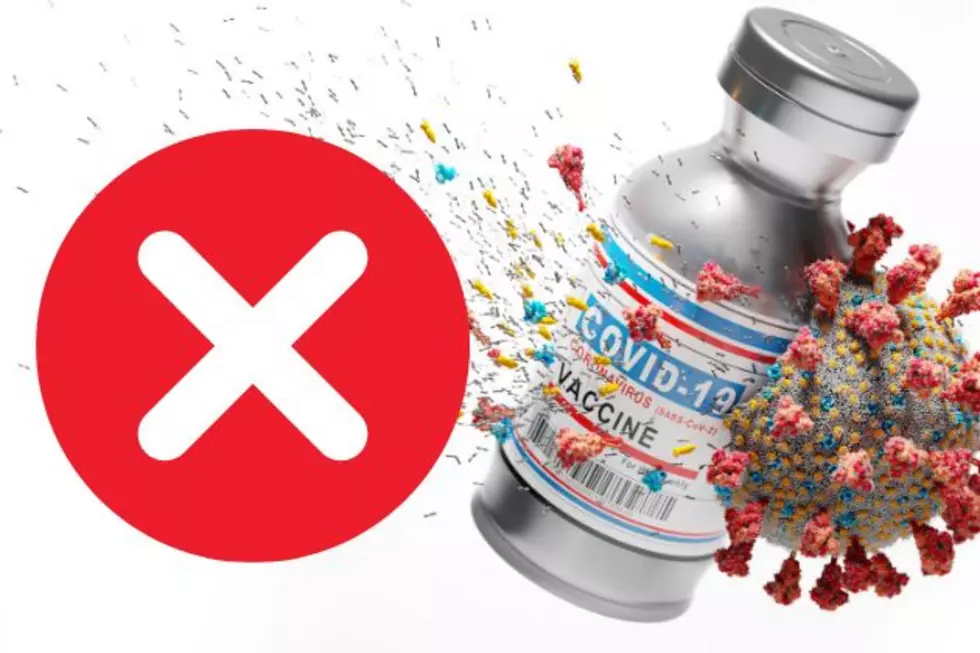
Less prostate cancer and screening seen after new guidance
Far fewer U.S. men are being diagnosed with early-stage prostate cancer and getting blood tests to detect the disease since an influential government-appointed panel recommended against routine screening of all men, an American Cancer Society study found.
A big question remains: Did that shift have any effect on death rates from prostate cancer, the most common non-skin cancer in U.S. men? About one in seven U.S. men will be diagnosed with the disease in their lifetimes. While most will die from something else, more than 27,000 are expected to die from the disease this year alone.
The decrease in cancer diagnosis doesn't mean the disease disappeared; in some men it's there but just isn't being detected. With current technology, there's no way to know which early-stage tumors will grow to become lethal, said cancer society researcher Ahmedin Jemal, the lead author.
The results are "a double-edged sword," he said. "We may be reducing overdiagnosis and overtreatment ... but we also may be missing opportunities to detect cancer" that will cause harm. "That's the dilemma with PSA testing."
Doctor groups used to recommend routine, yearly blood test screening for prostate cancer starting at age 50. The test identifies blood levels of PSA protein -- prostate specific antigen. Elevated levels sometimes indicate prostate cancer, but they also can be caused by other things.
PSA screening can lead to detection of early, slow-growing cancerous tumors that will never pose a threat, but that lead to treatment sometimes resulting in impotence, incontinence and other life-changing problems. For that reason experts in recent years have eased screening recommendations, although disagreements on if and when to test remain.
The government-appointed U.S. Preventive Services Task Force, which issues guidance based on reviews of scientific evidence, recommended against routine PSA screening in men aged 75 and older in 2008, and changed that to all men in draft guidance issued in October 2011 and finalized in May 2012. That advice has been debated, but the research suggests it is also being followed.
In the study, researchers tracked PSA testing in men who participated in national health surveys from 2005 through 2013, totaling about 18,000. They also examined prostate cancer incidence during the same time using data from national registries.
PSA screening rates climbed to 41 percent in 2008, then dropped to 38 percent in 2010 and 31 percent in 2013 -- an 18 percent decline.
A second study looked at similar PSA testing data and found the largest declines were in men aged 50-54.
The studies were published Tuesday in the Journal of the American Medical Association.
In the cancer society study, diagnosis of early-stage prostate cancer increased slightly from 2005 to 2008, but dropped after that, most sharply from 498 cases per 100,000 men in 2011 to 416 cases per 100,000 in 2012 -- a 16 percent decline. In 2011, almost 214,000 men were diagnosed, versus 180,000 in 2012 -- 34,000 fewer men.
There was no change in diagnosis of later-stage prostate cancer.
The decrease in early-stage prostate cancer occurred within a year after the release of the draft recommendation, and an alternative explanation for the decline is unlikely, the researchers said.
The results "sound an alarm that maybe we've gone too far," said Dr. David Penson, a Vanderbilt University prostate cancer specialist who wrote a journal editorial. "Basically we've gone from one extreme to the other."
The cancer society says screening should be offered to men starting at age 50 who are expected to live at least 10 years and have been informed about risks and benefits. It also recommends earlier screening for higher-risk groups including blacks and men with a close relative diagnosed before age 65. Recommended screening intervals depend on results of the first test.
Penson said new approaches to prostate cancer screening are needed, not a one-size-fits-all strategy. He said men's personal risks and preferences should be taken into account, an approach the American Urological Society has adopted. It recommends that men aged 55 to 69 discuss benefits and harms of PSA testing "and proceed based on their personal values and preferences."
That group also says screening every other year should be an option, and advises against screening for men over 70 or those with a less than 10-to-15 year life expectancy.
(Copyright 2015 The Associated Press. All rights reserved. This material may not be published, broadcast, rewritten or redistributed.)
More From New Jersey 101.5 FM


![Colonoscopy – Real Men Should “Wear Gowns” [VIDEOS]](http://townsquare.media/site/385/files/2012/03/5000443752_d0d6994f15_z1.jpg?w=980&q=75)






